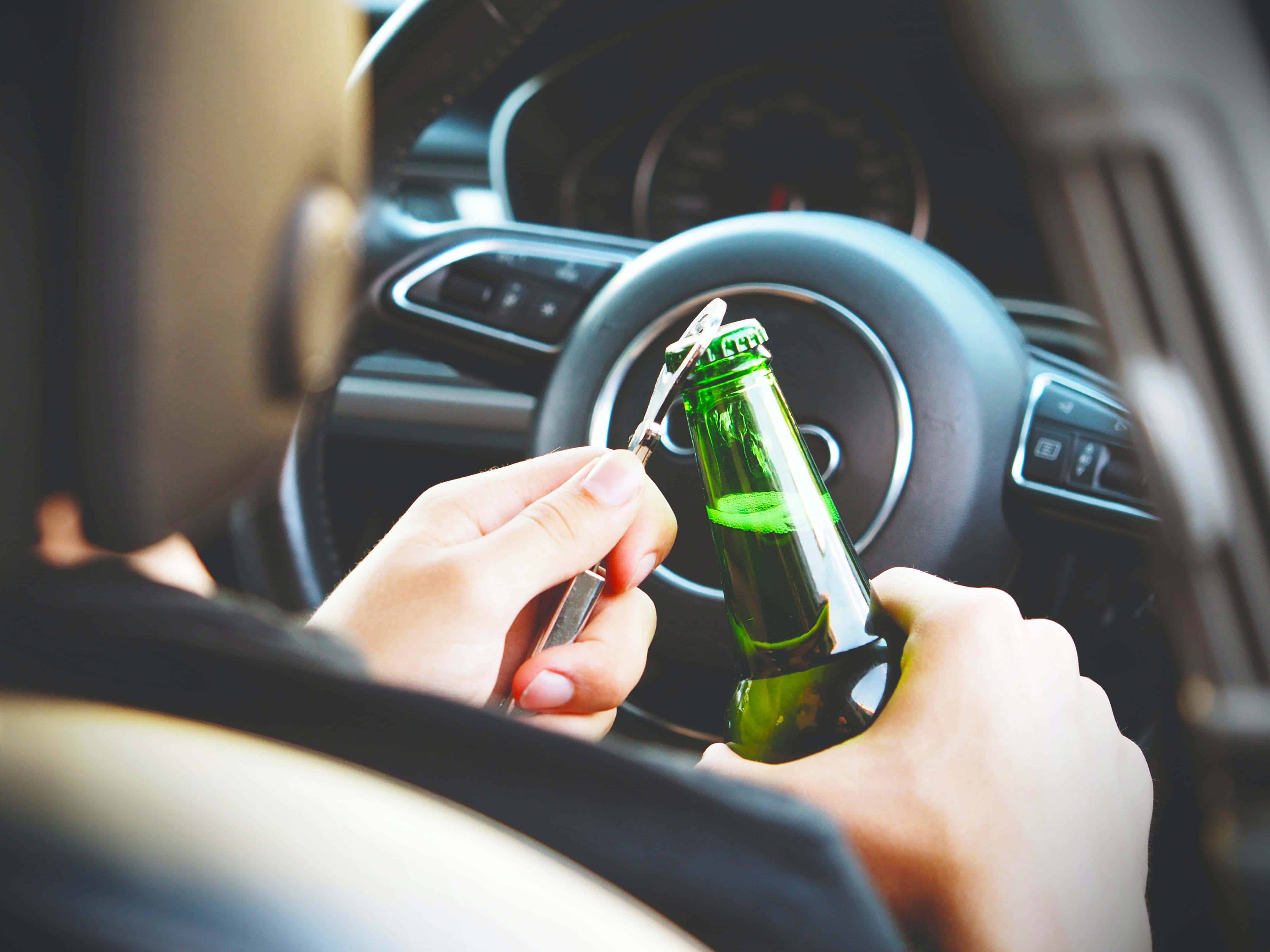What is Drunk Driving?
Drunk driving is also called Alcohol-Impaired Driving. It’s when a person operates a motor vehicle despite the high alcohol levels in the blood. An alcohol level of 0.08 grams per deciliter or higher in the blood is considered drunk driving.
How Alcohol Impairs Driving Skills?
Drinking alcohol before driving is extremely risky as it distorts driving skills which can later cause accidents and death. Here are some examples of how alcohol impairs driving skills.
- Reduces Focus: High alcohol level in the body actually depresses the communication pathways of one’s senses. Thus, one evident sign of a drunk driver is a delayed response to traffic signals. Likewise, one manifestation of this is driving on the wrong side of the lane or on the centerline.
- Blurry Vision: A clear eyesight is a critical factor for safe driving. Under the influence of alcohol, a person’s vision becomes bleary and analysis of distance estimation gets retarded. Likewise, a person’s peripheral vision gets blurry as well.
- Reduces Coordination: Alcohol depresses brain activity which gives that “relax feeling”. Unfortunately, this is not ideal when driving as it requires quick coordination of the eyes, hand, and foot.
- Slow Reaction Time: This can be related to reduced coordination. Considering alcohol slows brain activity, it also decreases one’s reaction to the surroundings. A slow reaction time hinders a person’s judgment towards certain events. For instance, if a vehicle in front makes a sudden stop, a quick judgment is to apply a brake and hand brake. However, due to the presence of alcohol, one makes a slow reaction which leads to a car crash.
What are some Signs of a Drunk Driver?
There are several evident signs to detect if a person is driving under the influence of alcohol. Here are some of the most common signs.
- Unpredictable braking actions
- Making unusual wide turns
- Swerving
- Driving on the wrong lane
- Stopping for no reason
- Very slow driving
- Delayed response to traffic signals
- Making sudden turns
How Big of a Problem is Drunk Driving in the United States?
This has become a huge problem in the United States because of the high rates of binge drinking among adults and young adults. An estimated one in six adults do binge drinks four times a month or 17 billion binge drinks in a year for one person.
The United States Drunk Driving Statistics
- In 2010, approximately $242 billion of expense has been accounted for vehicle accidents
o 18 percent or $44 billion is attributed to crashes due to driving under influence of alcohol - In 2014, 9,967 deaths or 31 percent of overall driving incidents are attributed to driving under influence of alcohol
- In 2017, 10,874 alcohol-impaired driving fatalities – 29 percent of the total traffic incidents per year
- In 2017, an estimated 1 drunk driving accident happens every 48 minutes
- In 2017, 19 percent of the victims of drunk driving are ages 14 and younger
- In 2017, individuals ages 21 to 24 years have the highest incidence (27%) of alcohol-impaired driving
- Types of motor vehicles used in drunk driving incidence:
o Motorcycle – 27 percent
o Passenger cars – 21 percent
o Light trucks – 20 percent
o Large trucks – 3 percent - Drunk driving incidence is 3.6 times higher at night
- In 2017, 68 percent of the total drunk driving incidence happened to drivers with an alcohol level of 0.15 grams per deciliter of blood or higher
What are the Consequences of Drunk Driving?
Here are the legal consequences of alcohol-impaired driving.
License Suspension
If the test results show that the blood has 0.08 grams of alcohol per deciliter of blood, then the driver’s license gets suspended. The suspension period varies in every state but the minimum duration for first-time offenders is around 30 days.
Detention inside the Jail
In general, most states adopted a jail time of one day and a week for first-time offenders. Some states have a specific jail time such as Texas which is 72 hours detention period.
Monetary Penalties
The average fines/fees is $500. However, some states require additional fees for reinstatement of license and court fees.
What are some Preventive Measures for Drunk Driving?
It is important to prevent driving under the influence of alcohol as it entails physical injuries, damage to properties and death. Below are some of the common preventive measures in order to avoid the dangers of drunk driving.
Hire or Choose a Non-Drinking Designated Driver
If it’s unavoidable to drink when one goes to events or places where there is a supply of liquor, better choose or hire a non-drinking driver for service. This is better than paying property damages and hospitalization whenever accidents occur.
Ask for a Ride
If one does not have enough budget to designate a driver, then asking for a lift won’t be much of a trouble. Just make sure, one knows the person whom they’re riding with or better yet, ask a friend to get a cab for you.
Ignition Interlock Devices
This ignition interlock device (IID) is like a tube or breathalyzers attached to the ignition system of the vehicle. It inhibits the car from starting unless the driver blows into the tube and must not detect high levels of alcohol.
The driver needs to blow into the IID at random intervals while driving. This is done to ensure the person is not driving under the influence of alcohol at any time. If at any time, the IID detects high alcohol levels in the breath, it doesn’t shut off the engine rather records the time of incidence. This becomes a solid proof which can be used inside the court.





